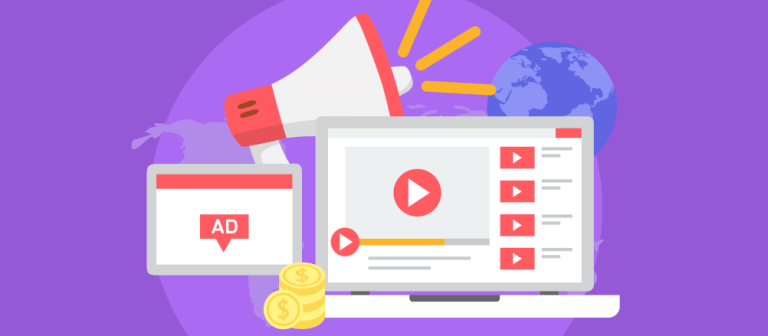Want a heads up when a new story drops? Subscribe here.
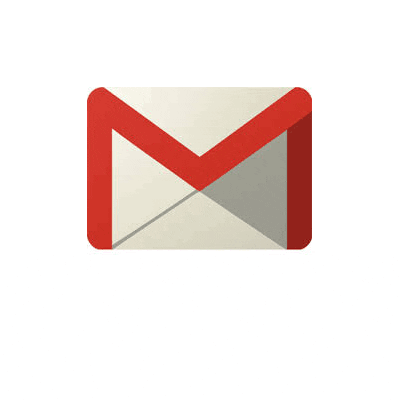
Some say email marketing is old news. That email marketing isn’t as important, it no longer yields the same results, and that click-through rates are not what they used to be.
That’s true.
If your email marketing strategy is all about sending impersonal mass emails to everyone, everywhere.
But email marketing strategies hold a tremendous potential to turn around your entire marketing efforts and push your target audience to action.
When done right, email marketing can produce higher conversion rates when compared to any other online marketing tactic.
So let’s take go down the rabbit hole and learn why is email marketing so effective, and what strategies you should implement to make it work for your business too.
But first.
Table of Contents
What Is Email Marketing?
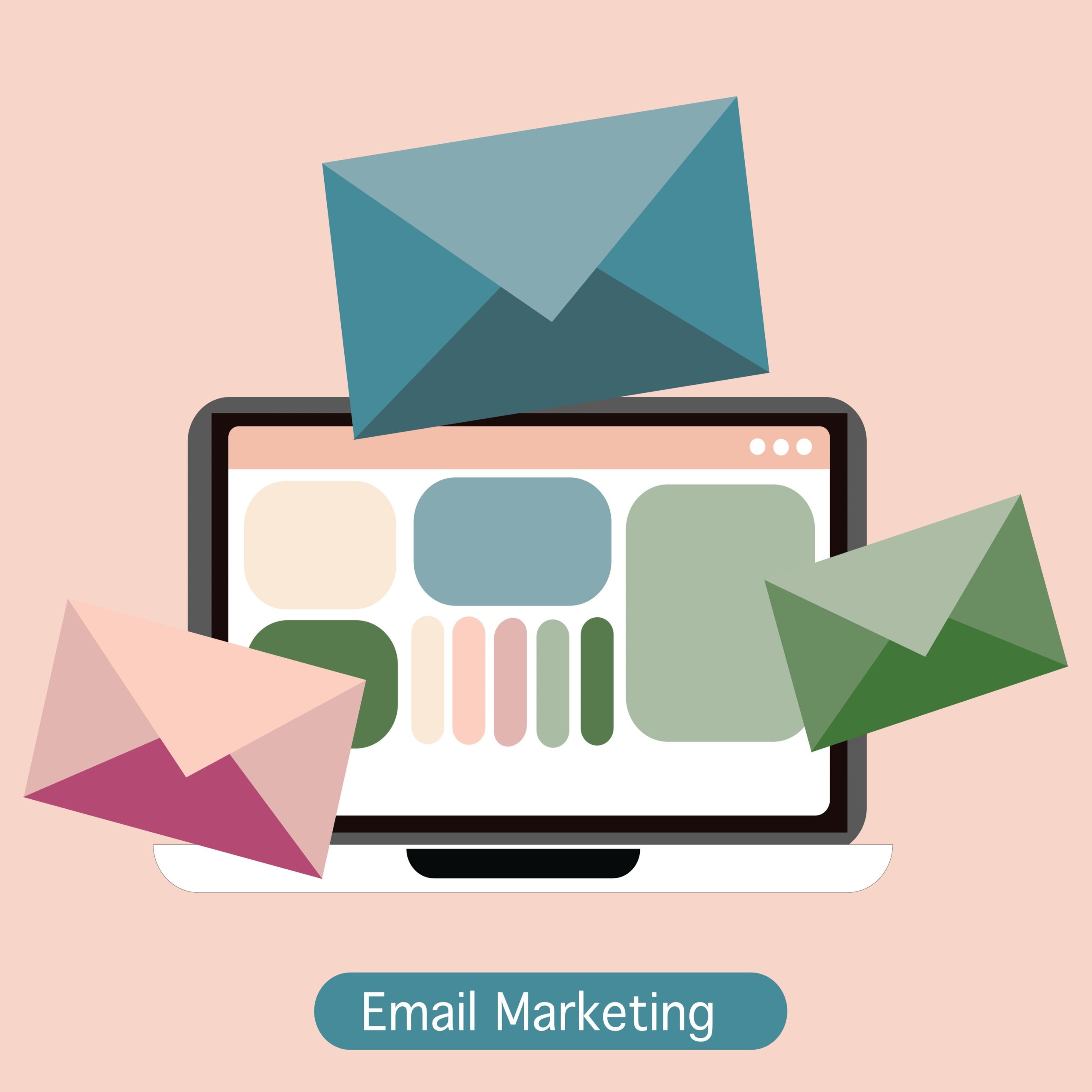
Email marketing involves sending commercial messages to a group of people using an email service. It’s a powerful promotion tool taking advantage of direct marketing techniques in combination with digital marketing strategies.
Email marketing uses personalized emails to educate target audiences and provide information on the company’s brand, products, services, and industry-related news. Email newsletters attempt to attract the public’s attention, direct traffic to a brand’s website, and offer value to the company’s current and potential customers.
Email marketing is an element of a comprehensive content marketing strategy. It’s a long-term strategy that consistently provides useful and practical information interesting to your target audiences in an attempt to convert that audience into customers and loyal brand ambassadors.
Some of the benefits email marketing offers can be summarized as follows
- The email content is versatile and easily accessible from any device
- Email newsletters aid brands to connect with prospects and drive conversions, especially in the SME vertical
- Emails strengthen customer relationships by providing additional value
- Email campaigns provide almost instant feedback
- Carefully crafted emails are statistically proven to increase sales and ROI
One clear thing is that email marketing has the potential to transform your digital presence and attract the attention of your specific target audience. Even if it’s been one of the first online marketing strategies for promoting products and services.
How old is email marketing exactly?
Let’s find out!
Email Marketing History

In 1971, Roy Tomlison, an American computer programmer, sent out the first-ever email. Tomlison implemented the first email program on the ARPANET system, the predecessor of the internet.
Email is essentially older than the internet itself!
Tomlison’s work came in handy for Gary Thuerk, also known as the “father of spam” who sent the first email blast in 1978. Thuerk worked for Digital Equipment Corp and his email intended to promote the company’s computers. A tactic that proved successful, since the email reached 400 recipients and resulted in $13 million in sales.
This incredible achievement prompted the fast advancement of email marketing. It turned it into a highly competitive marketing strategy.
With the introduction of the internet in 1991, the world was revolutionized. The way people did business slowly started to shift and incorporate advertising methods never seen before.

Then came Hotmail (then known as HoTMaiL). It launched in 1996, as the first free web-based email service, and marketers all over the globe rejoiced! They now had a whole new and free way to reach customers! The door to new ways of instant communication was opened.
The numbers prove that email marketing is far from dying out. In 2020, global email marketing was valued at $7.5 billion. It’s forecasted that its value will grow to $17.9 billion by 2027.
So to answer the question that many business owners ask: “Is Email Marketing Dead?”— no, email marketing is definitely not dead.
And here are more numbers to prove it.
The Email Marketing Numbers
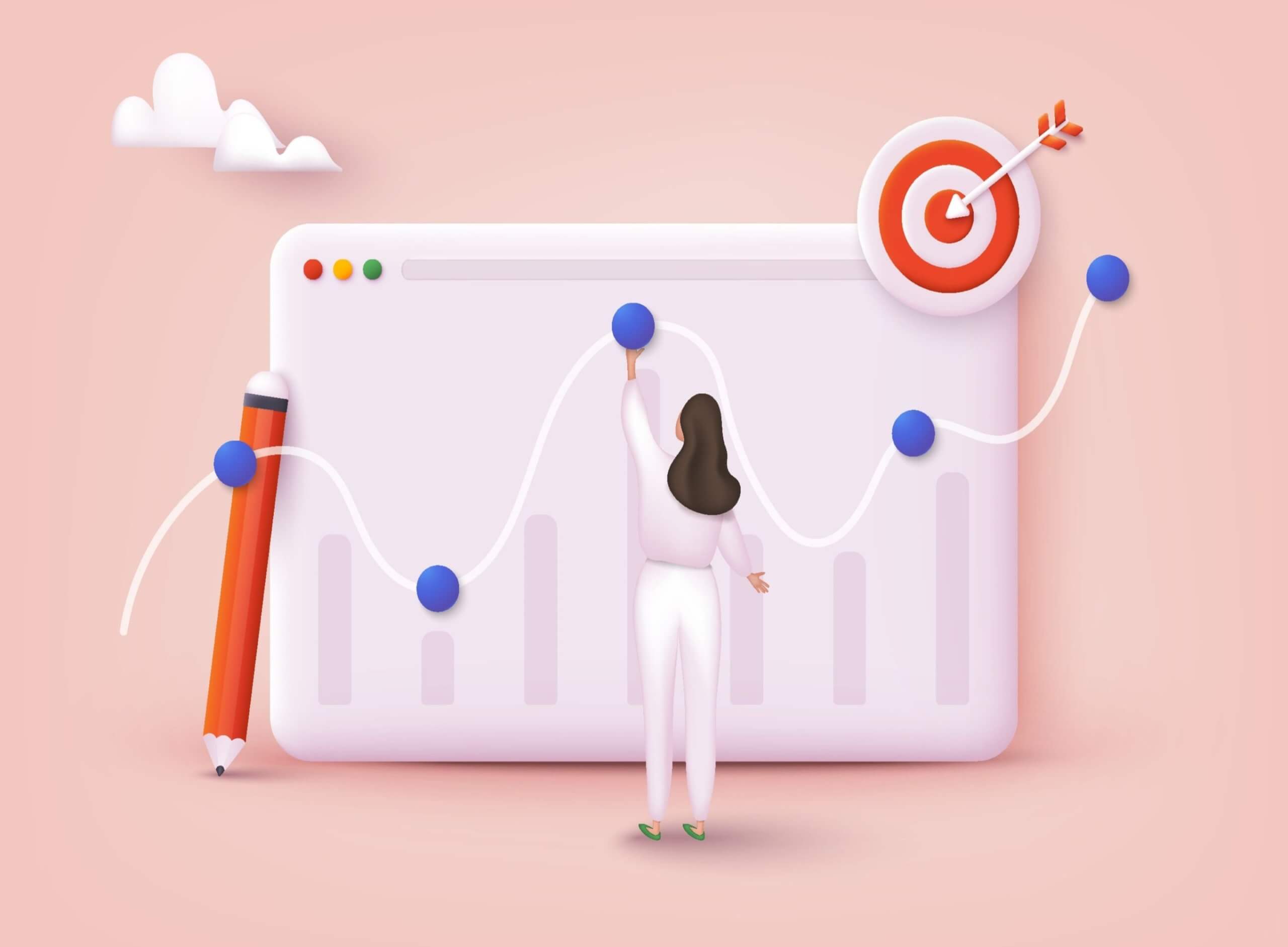
4,200%. That’s the astonishing return of investment rate emails generate. Every $1 you spent on email marketing has the potential to win you a back $42.
That said, email marketing is not only effective for its incredible ROI rate. It has the potential to reach an astonishing number of users. Currently, there are over 4 billion daily email users and the number is expected to rise to 4.6 billion by 2025.
With 73% of millennials pointing to email as their preferred means of business communication and the predominantly millennials-saturated business world, your email campaigns have the opportunity to directly address the needs of 71 million millennials in America.
Think about that and consider the fact that 99% of email users check their mailbox daily. Nearly 22% of them open new emails within an hour of sending. Overall market email performance is also admirable. As of April 2022, across all industries, the average email open rate is 29.8%.
That’s a huge opportunity to educate and convert. So what do marketers think about email marketing?
In a 2020 survey, 78% of marketers said that email marketing is essential for the company’s success, compared to 2019 when 71% agreed with that statement.
Additionally, 31% of marketers state that email newsletters were the best way to nurture leads in 2020. And 4 out of 5 marketing executives say they’d rather drop their social media marketing than their email marketing strategies.
Both market and brand leaders see the immense potential and value that email marketing can bring to the table.
But what makes email marketing so effective?
Why Is Email Marketing Important?

We have to agree—mass email marketing has lost its wow factor. Then why should you use email marketing in your sales strategy?
Because email marketing has evolved significantly from its pre-internet beginnings. If you manage to harness its power you can build owned audiences and drive higher conversion results.
Tactics and strategies have naturally also evolved. If email marketing is not working for you, it might be because you’re not implementing the right type of email marketing strategy and not employing the full potential of this digital tool.
Over the past four and half decades, email marketing has transformed into one of the most cost-effective forms of extremely personalized direct marketing. It is a fast and cheap method able to teach marketers how to monitor and react to consumer behavior.
What Is the Definition of Email Marketing Strategy?
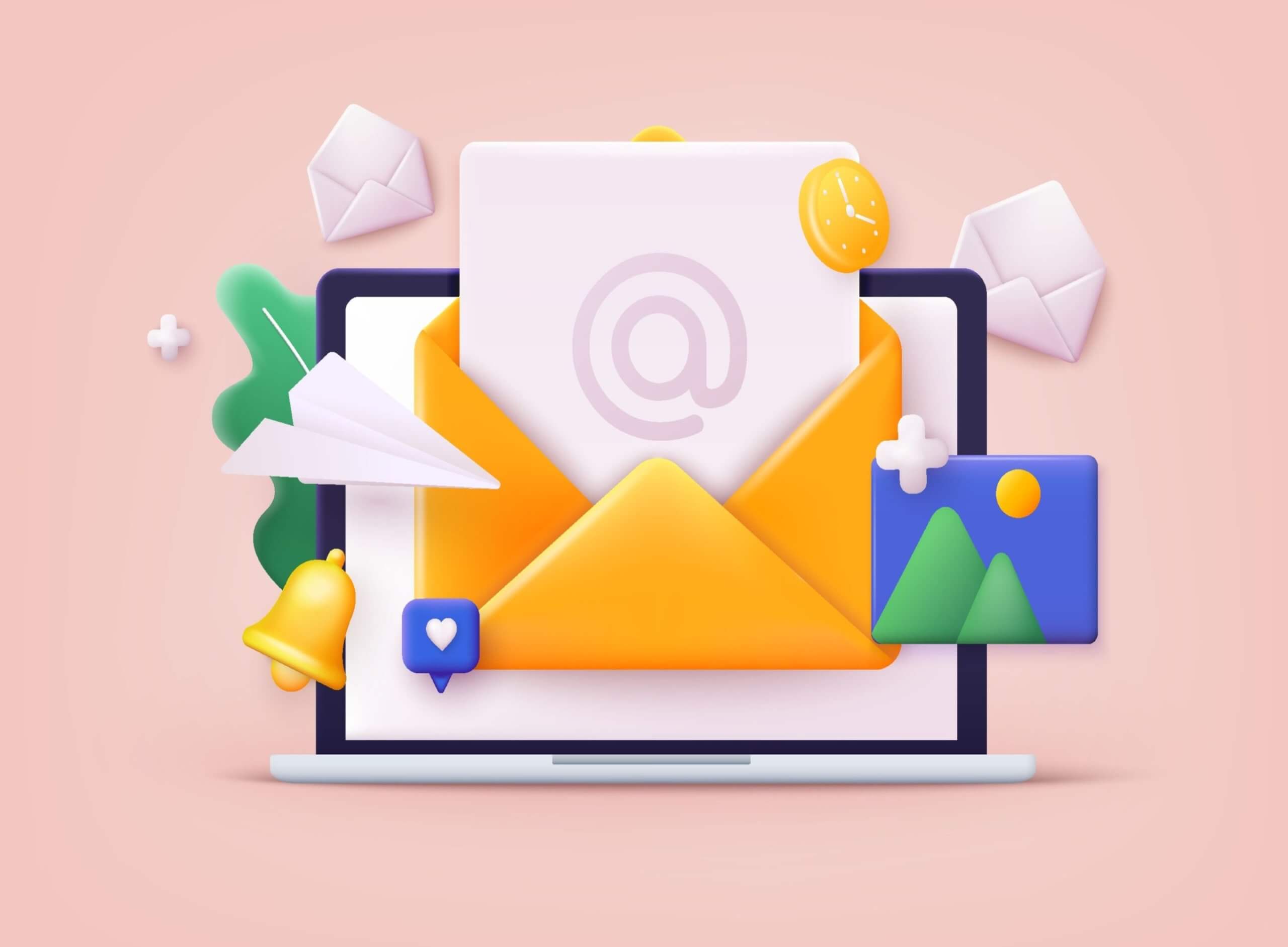
An email marketing strategy can be defined as a series of actions that a marketer takes to identify and achieve the set marketing objectives through email advertising.
These actions help a brand directly tap into the potential the direct channel of communication opens. It helps build an email listing with targeted, segmented, and continuously nurtured brand fans, current customers, and new and completely fresh audiences.
The ultimate objective of an email campaign can vary from boosting brand recognition, to converting prospects into customers, to providing additional value for existing customers to keep them engaged with the brand, and so on. The specificity of the goal is set for each campaign and is usually super focused on its target audience.
Let’s look at how to track email marketing success.
How Does Email Marketing Strategy Work?
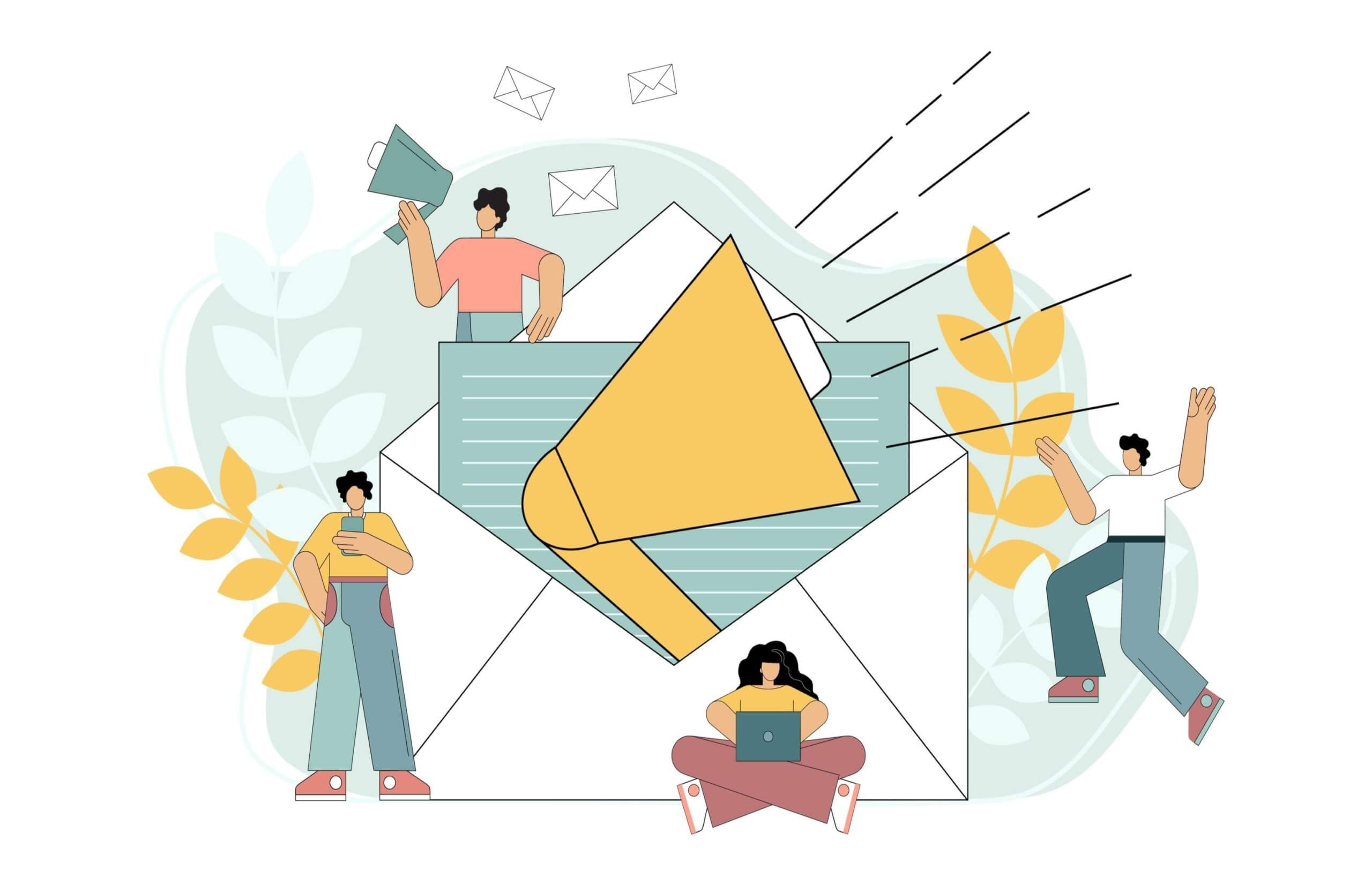
Email analytics are an important part of determining how successful a campaign has been. To evaluate your email marketing strategies you have to measure a few key indicators:
- Open rate
- Click-through rate (CTR)
The open rate measures how many people have opened your emails The click-through rate estimates how many of them have clicked the links that lead to your brand’s website. The fluctuations of those two metrics help marketers and advertisers determine the value of the email campaigns and measure the engagement of their audiences.
These are not stand-alone metrics and the overall success of your email marketing campaign should be measured by including the effectiveness of each element of your emails. Every component that makes up your email marketing strategy.
What Factors Influence the Success of Your Email Campaigns?

An effective email marketing strategy is not a “one size fits all” solution. Along with the open rate and the CTR, there are a few more factors that determine your success and require your consideration when you’re planning email campaigns.
So, apart from measuring how many people open your emails and follow your links, you should also carefully consider other elements that make up successful email campaigns like
- Email subject lines and what value they bring to your audience
- Email content and design and how pleasant and prompting to action they are for your audience
- Email timing- the time during the day and week you’re sending emails and when is your target audience online and ready to engage with your content
- Email personalization and how targeted and relevant to the individual your emails are
- Email links- how many they are and how easy and action-prompting for the audience they are
All these points are important questions to keep in mind when you’re crafting your email marketing strategy. Let’s expand on those and give you more tips to help you improve the effectiveness of your business emails.
How to Improve Your Email Campaigns Open Rates

No marketing tactic or strategy is successful if it has no specific purpose and a specific audience that finds it valuable.
So before you can create an effective email campaign be sure to:
- Determine who is your audience and what type of content they’re interested in
- Be strategic with your subject line, introduction, sender, and receiver fields. Use first names when appropriate to further personalize your emails
- Maintain content consistency with relevant and tone appropriate messaging
- Make it clear how and in what cases your users are subscribed to your email newsletters
- Ask for feedback on the value your emails bring to your subscribers
- Be diligent with finding out why subscribers unsubscribe. Prompt them to answer the question by providing close-ended and easy to answer quizzes
- Focus on mobile optimization
Essential in the toolbox of every marketer and business owner, these factors only scratch the surface of what a successful email marketing campaign is.
So let’s look at some of the email marketing strategy tips that can help your small business in 2022.
How Can Email Marketing Fuel Your Overall Inbound Strategy?

Inbound marketing is a strategy that uses a combination of tools and techniques to drive attention to a brand and bring more traffic to its website, or any other content hub, and raise brand awareness. It employs social media, SEO techniques, link building, guest blogging, influencer marketing, and email marketing, among other channels to boost inbound traffic.
Email marketing in particular can help you create engaging content that continuously reminds your audience about the benefits your brand can bring them, yet not be too intrusive and salesy. Emails aid in building engaged audiences by being a convenient tool at the disposal of your potential customers whenever they may need them.
Email marketing is especially effective in determining who are the interested users, as they’re actively signing up for your newsletters.
Tip: Hundreds of growing businesses use Socialfix to leverage successful email marketing strategies and showcase their products and services. Try us for a free consultation
Tips on Creating the Best Email Marketing Strategy
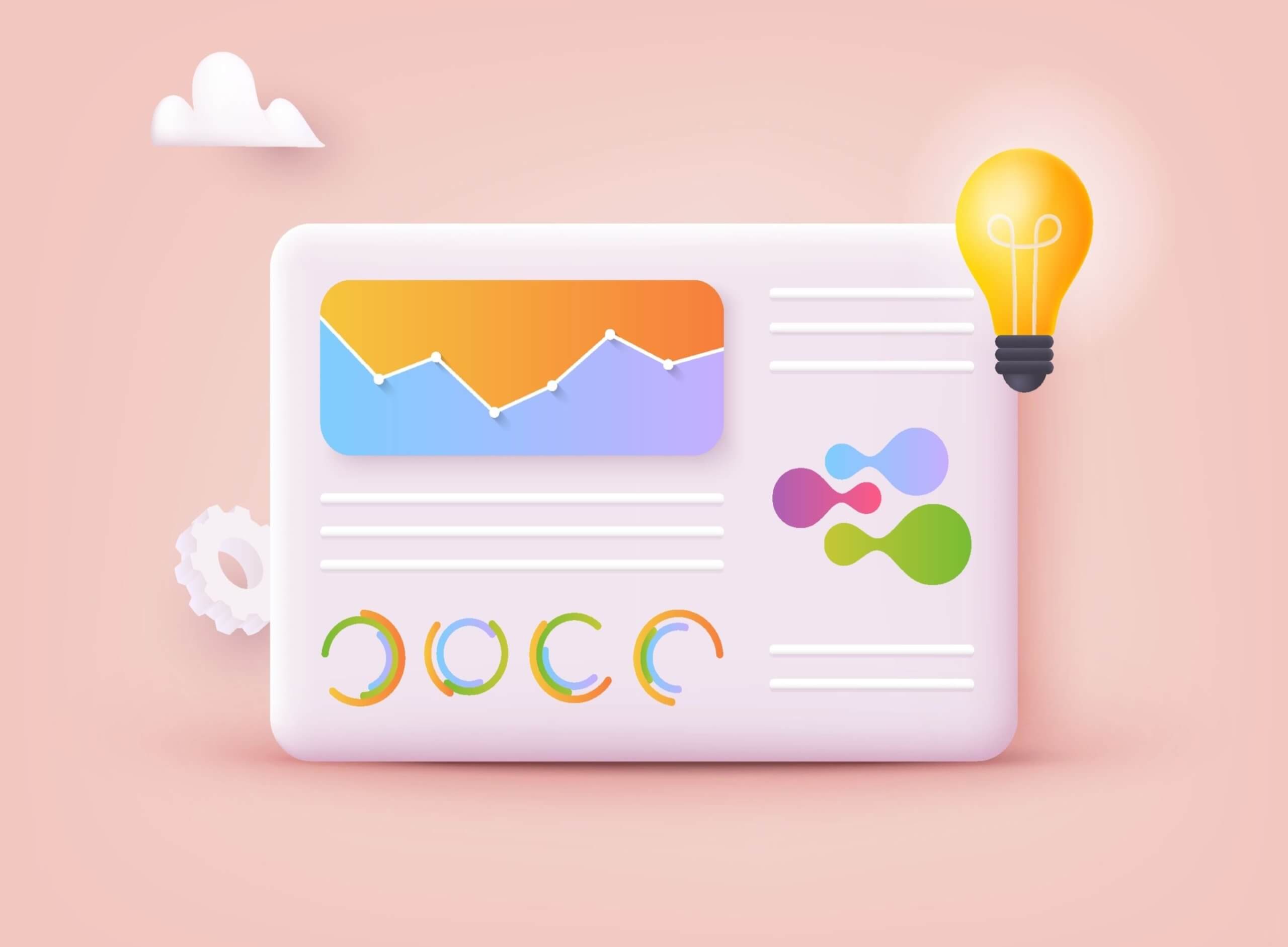
Setting up the best email strategy is a challenging task but reaching the right audience and incentivizing them to take a certain action will feel very rewarding.
So roll up your sleeves and let’s get to work!
Here’s how to start with building a kick-ass email strategy.
1. Gather Campaign Ideas

Begin with brainstorming. Establish what your email marketing goals are. Do you want to drive more traffic to your website? Increase the number of prospective customers? Raise more brand awareness and educate the public about who you are and what your brand is about?
Write those down, these ideas will be the base of your email campaigns.
2. Analyze Your Audience

From there move to analyzing and segmenting your target audience. Your potential customers might be at a different stage of their journey with your brand. Make sure you understand the different groups of audience, so you can tailor your email content specifically to them.
This will help you reach better engagement and have a higher chance of convincing users they should follow your email links or sign up for additional services.
3. Segment Your Subscribers

Segment your audience into smaller groups by evaluating their behavior, interests, how far the sales funnel they are, and anything else relevant to your client personas. According to recent statistics, marketers that segment their audiences achieve up to a 760% increase in revenue.
4. Entice Readers with Masterful Headlines

Then personalize your email templates. Make sure you come up with an attention-grabbing email headline and further personalize the message by including the user’s name in your email subject and first line.
5. Structure Your Emails Neatly
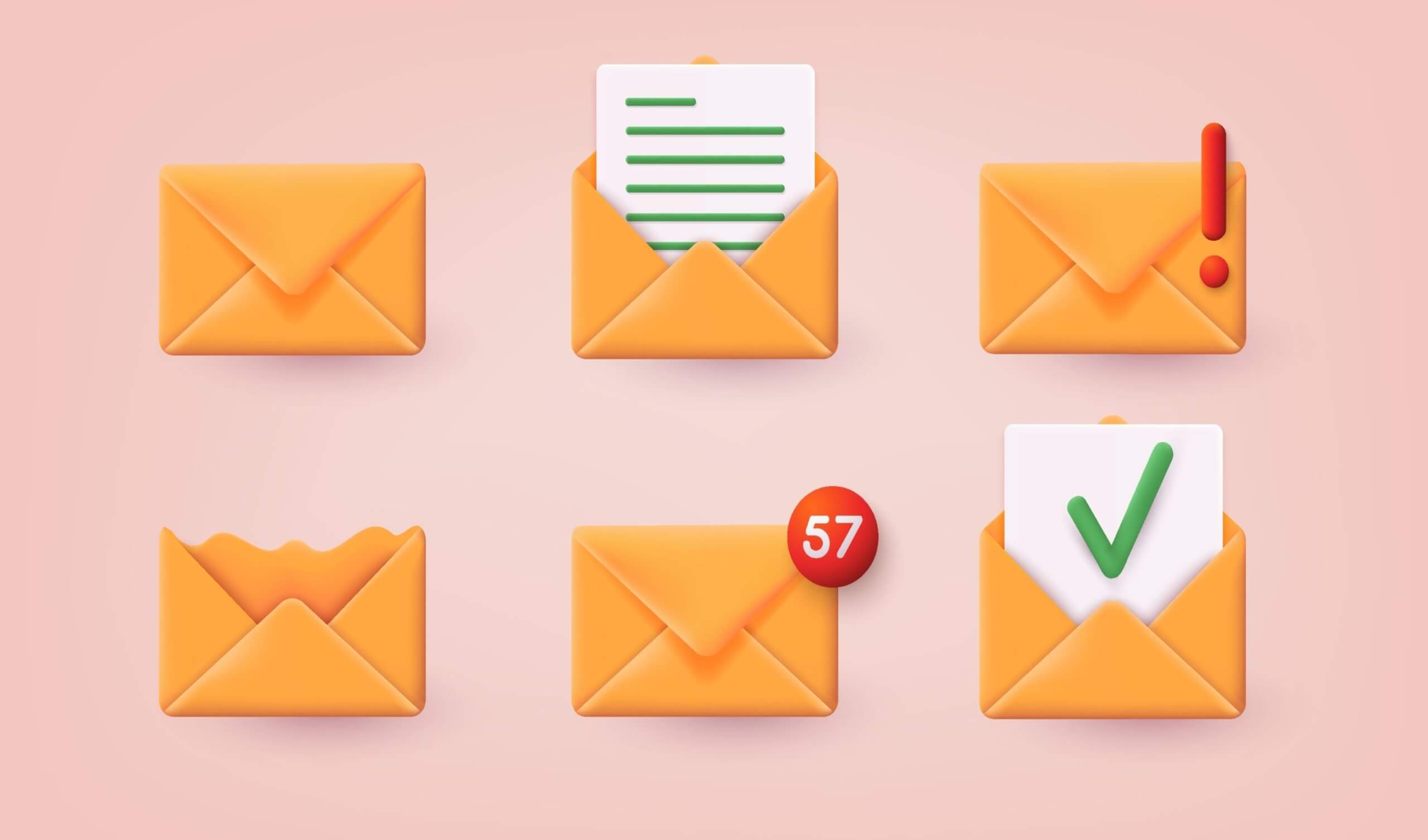
Emails have to be neat and easy to read. Your emails shouldn’t go on and on about how your brand came to be, or what doubts and fears you’ve had to overcome to get where you are. There is a place and time for your brand story, and people do appreciate learning about a brand, just not at 8 on a Monday morning.
So you have to make sure you keep it brief, well-organized, and easily skimmable. Your emails need to be to the point and the content structured so that the eye can jump from section to section with no trouble.
Use short paragraphs, bullet points, and numbering, and stick to one call to action, confusing your readers will obtain no good results.
Make sure you A/B test different options of your email content so you find the most interesting and action-prompting email templates.
6. Add Visual Elements

Visual content has the upper hand when it comes to attracting attention. Written content may provide context but it’s the visual elements we’re instantly drawn to.
We process imagery in just 13 milliseconds, so take advantage of our visual-first minds and incorporate visual elements to help paint an instant picture. A playful gif, brand imagery, and colorful call-to-action buttons, all help structure and visualize your emails better, so you get your message across faster.
7. Always Offer Value First

When you’re drafting your email campaigns always ask yourself “Why should my audience care about this?”.
This is a question that should be present at every level of your marketing. But in email marketing, especially. Your content is tailored to address the pain points of your audience at the most convenient time for them. If you follow a consistent sending schedule you will catch them right when they are ready to pay attention to what you have to say.
But how can your emails offer value to your subscribers?
With shared experience, education resources, and tips. Help your customer learn, and connect with your brand through success stories, testimonials, and reviews. Share good and better yet bad stories. Spill the beans about a mistake you’ve made along the way and what you’ve learned from it.
People appreciate stories that humanize brands. But keep it short. Hint at the story and direct your subscribers to the place they can learn the whole story (website blog, video you’ve uploaded on YouTube, etc.).
Offer free resources like white papers, case studies, analyses, trends, and statistics, and tie these valuable resources to your brand. You’ve recently joined a social cause, or pledged to go plastic-free in the office? Share it with your subscribers.
Value can be tangible or intangible, offer a feel-good story or help educate your users, the choice is yours.
8. Be Clear with Your Calls to Action (CTA)

The last thing you want is to confuse your subscribers. Your emails have to be direct and so do your calls to action. Make sure your audience understands exactly what you want them to do.
Your CTAs have to point exactly to the desired action. Use words and phrases that play with emotion and invoke enthusiasm but also demonstrate the reasons why your audience should take those actions. What’s in it for them?
You can also consider using FOMO (fear of missing out) to prompt subscribers to take action as quickly as possible. Put a time or quantity limit to the value proposition you offer.
9. Optimize for Mobile
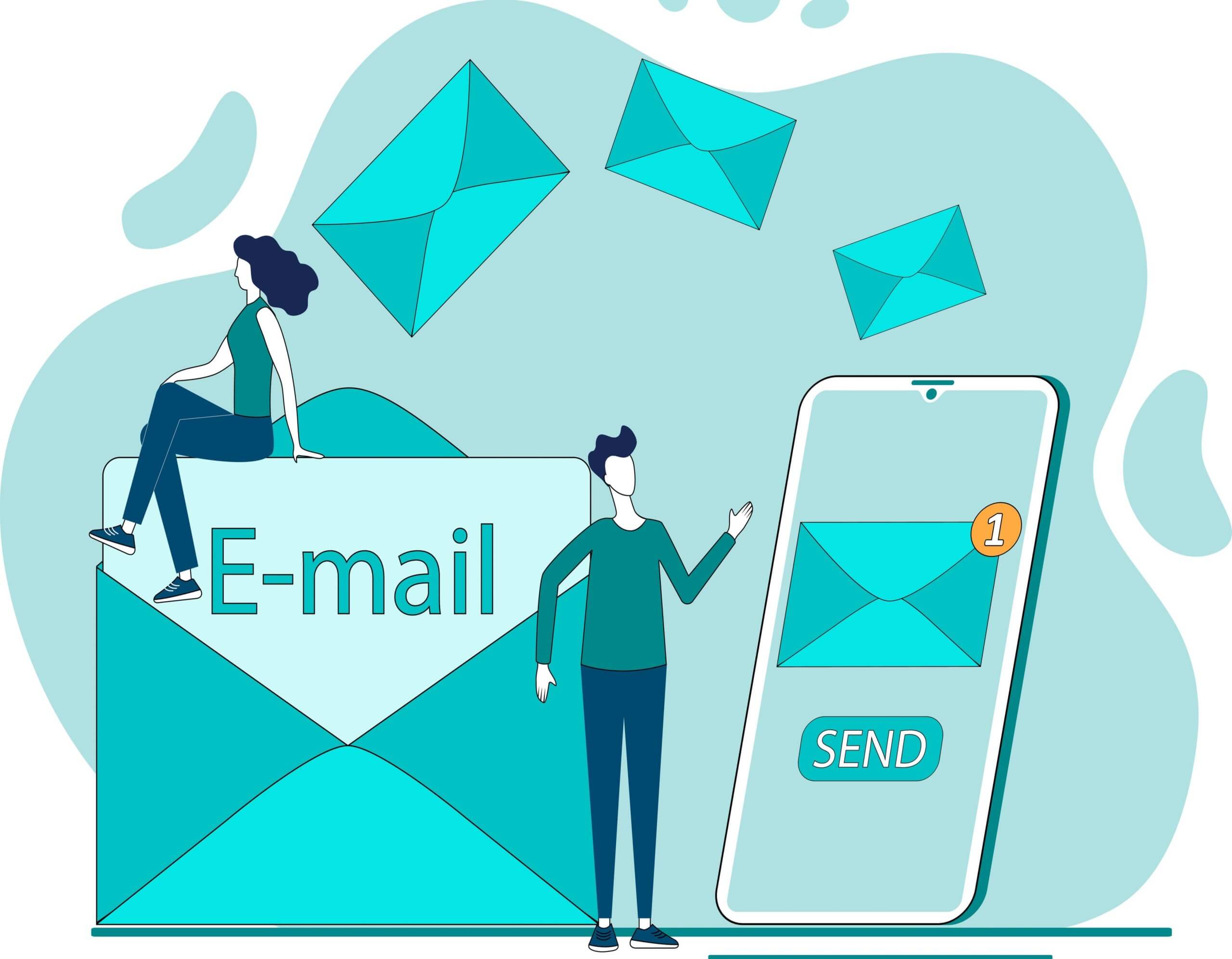
With 50% of users preferring to open emails on mobile devices, it’s needless to say, mobile optimization is a must. Structure your emails so they cater to an online public focused on reading your content on their mobile devices.
You can take advantage of some essential features different email services offer like pre-designed templates that can be customized for your campaign needs and adjusted for different devices. Together with that, you should have device detection features so your emails are adapted to the type of device your emails are open from.
10. Send Your Email Blasts at the Right Time

Another important aspect of your email campaigns is the time you send your newsletters out. As with most marketing tools emailing at the right time will help you reach more of your target audience and get a chance to retain their attention for longer.
Different researches show that there isn’t one best time to send out business emails. But there are certain times of the day and week that perform better.
Marketers generally agree that Monday morning is a bad time to be sending out your email blasts. People are just starting the work week and the chance they’ll pay attention to what you have to say is very low.
Emails on Tuesdays and Wednesdays, on the other hand, tend to perform better. They yield higher engagement results because users are settling into their work week and regularly checking their email boxes.
The sweetest emailing time seems to be Friday afternoon. At that time people are already wrapping up their week and getting ready for the weekend. That often means they pay more attention to content that is not work-related. If you’ve planned a time-limited email campaign, Friday might be the right time to hit the sent button.
Weekends are tricky and entirely depend on your target audience. In the States, for example, it might be a good idea to schedule emails for Sunday afternoon. Culturally, Americans tend to prepare for the work week the night before. If your target audience is in another country, in Europe for instance, you should reconsider your timing.
It’s best if you try out different times and see what works best for your business and target audiences.
The Take-Away

With all discussed for far, it’s obvious that email marketing is still very relevant in 2022. And as with everything in business and life, email marketing is constantly changing and evolving. What worked 20 years ago no longer works today.
Email marketing beginnings might have been linked to sending the same mass email to everyone, but today hyper-personalization is key. Add the value that will drive your email marketing campaign’s success. Innovation and deep knowledge of who your customers are, and what drives them to action should be your top priority.
Do your best to create unforgettable and most importantly action-enticing campaigns. These 10 email marketing strategy tips will help you get there. Give them a try!












